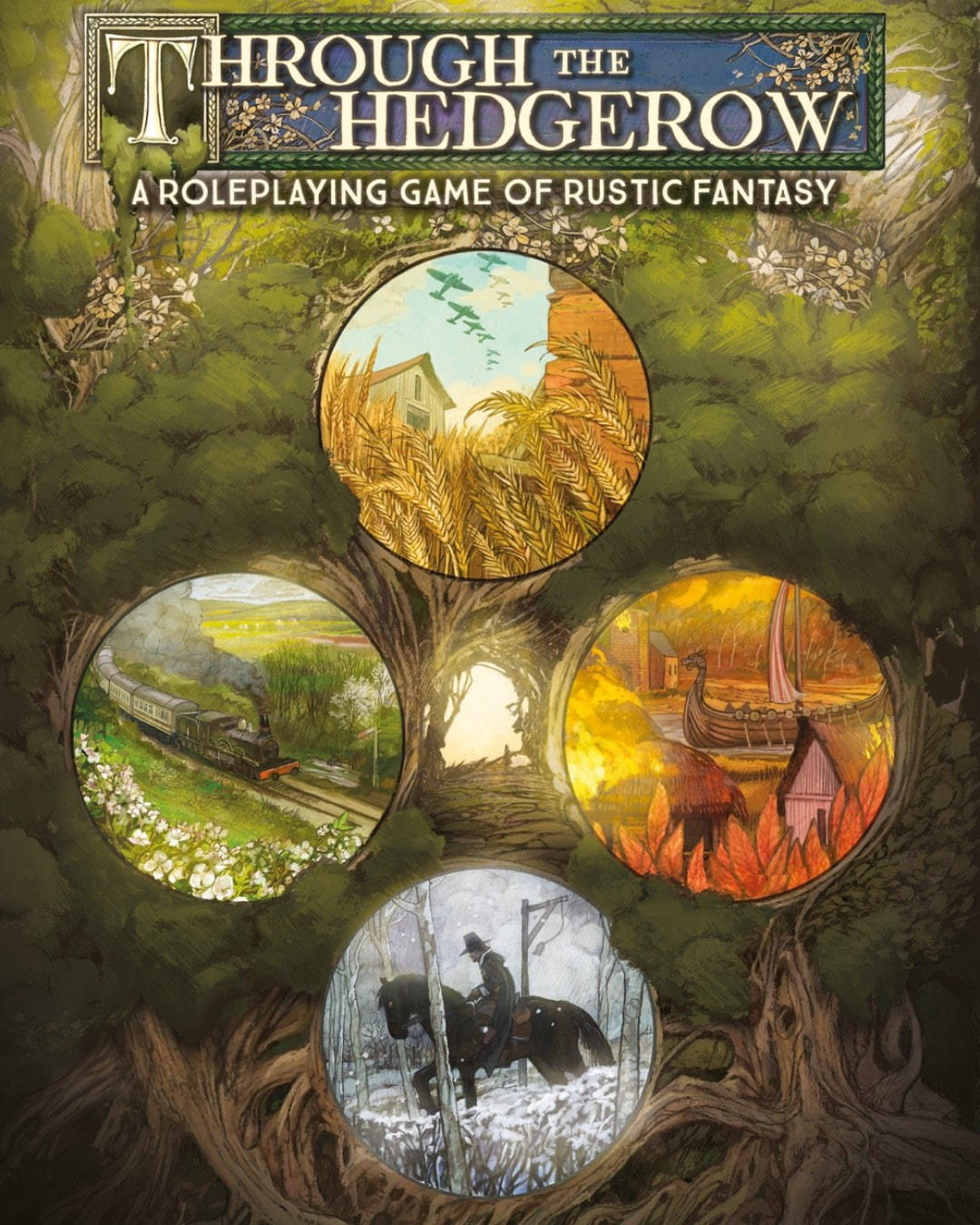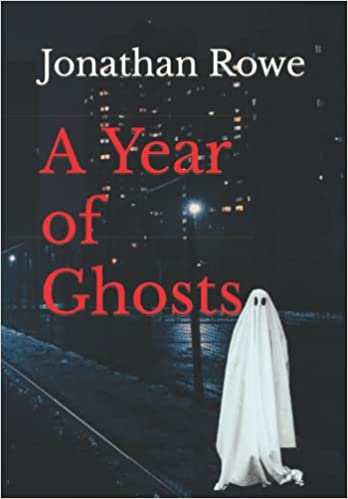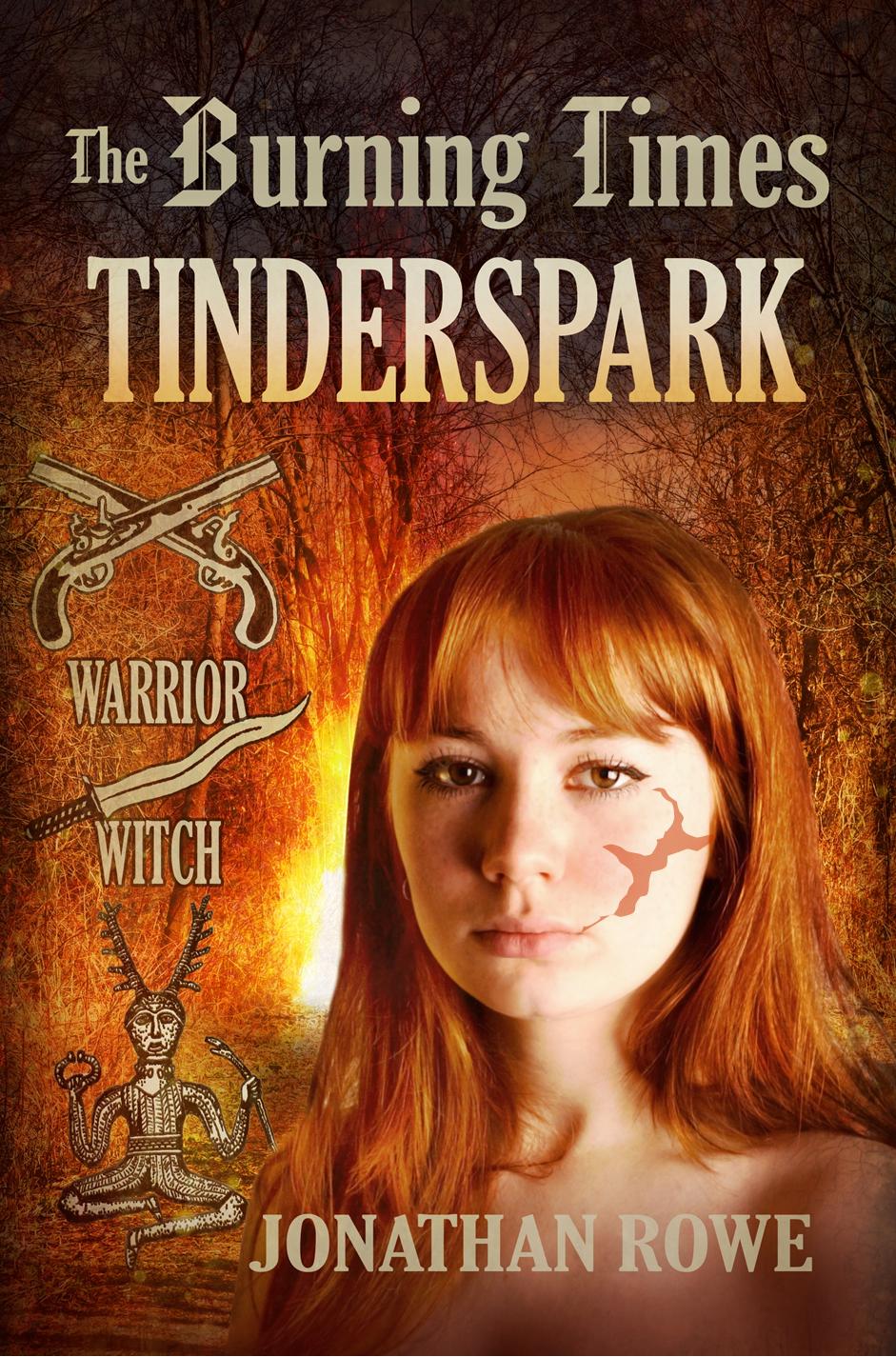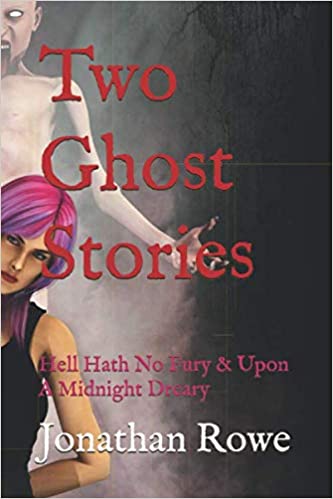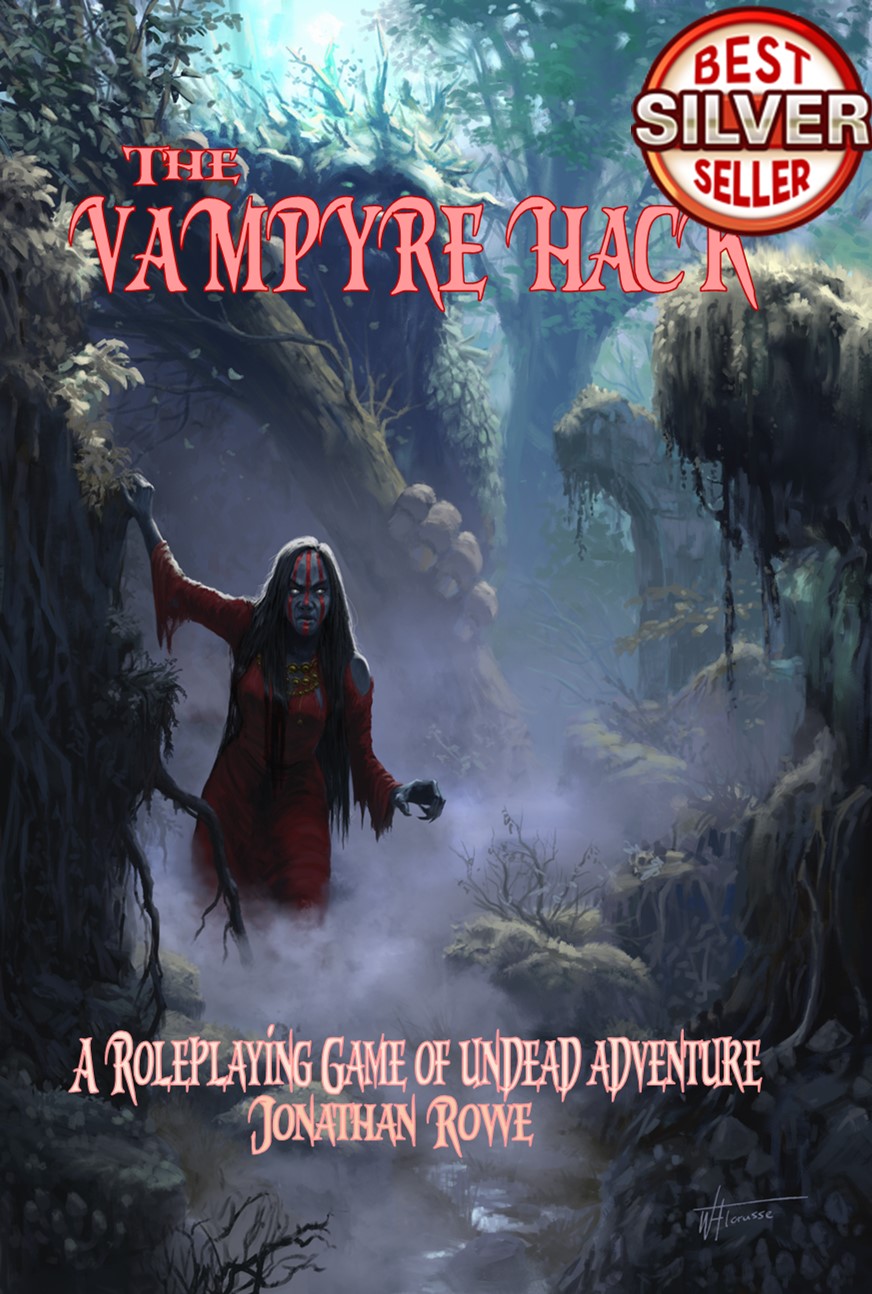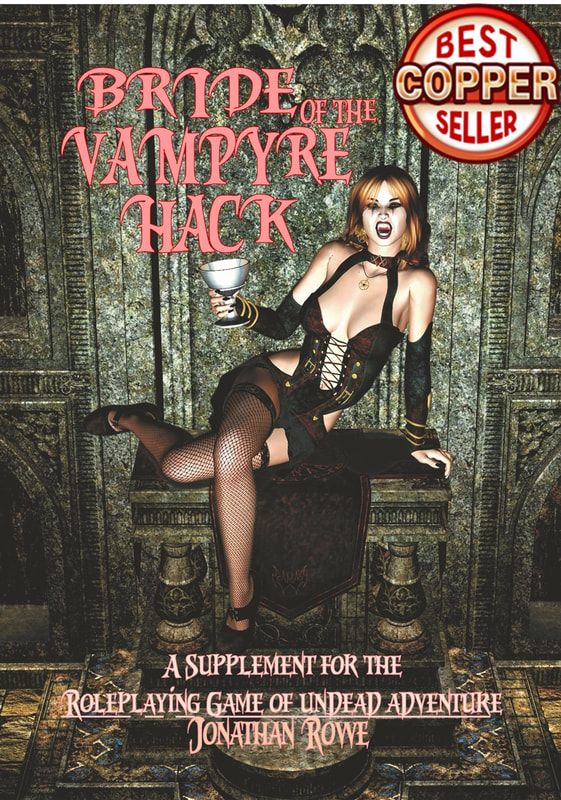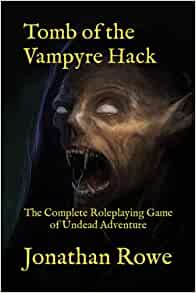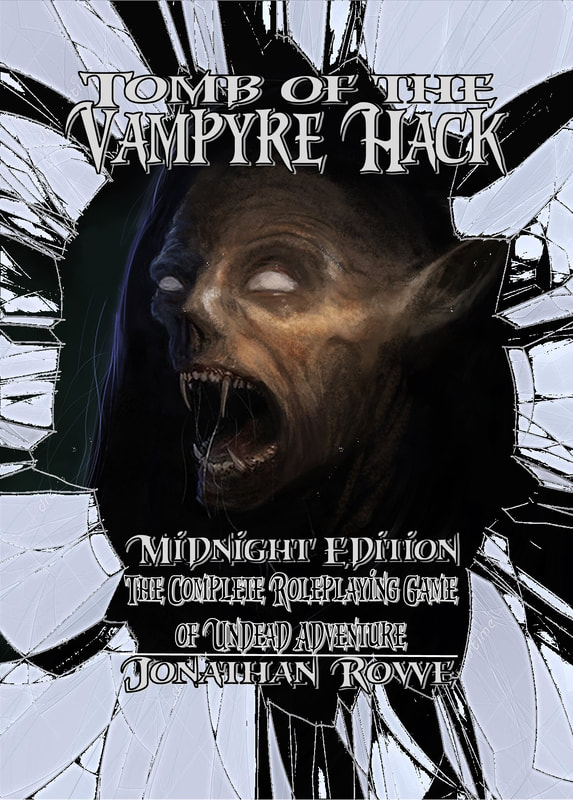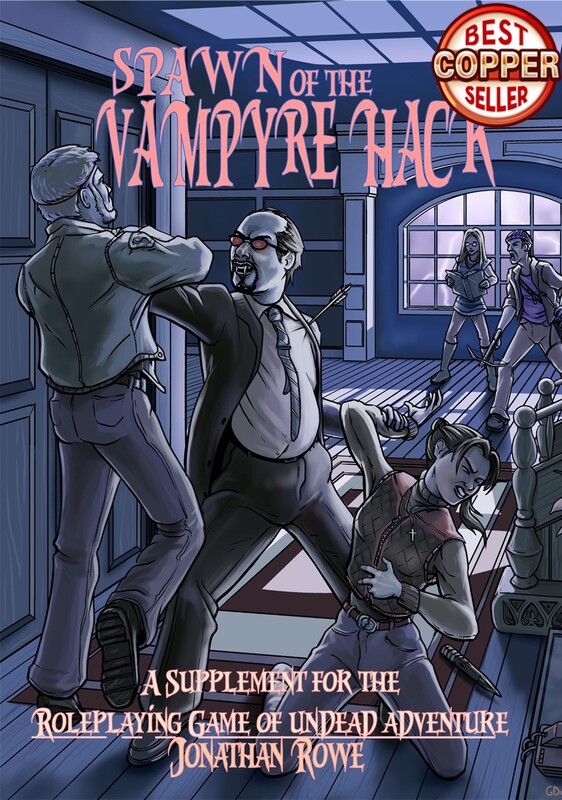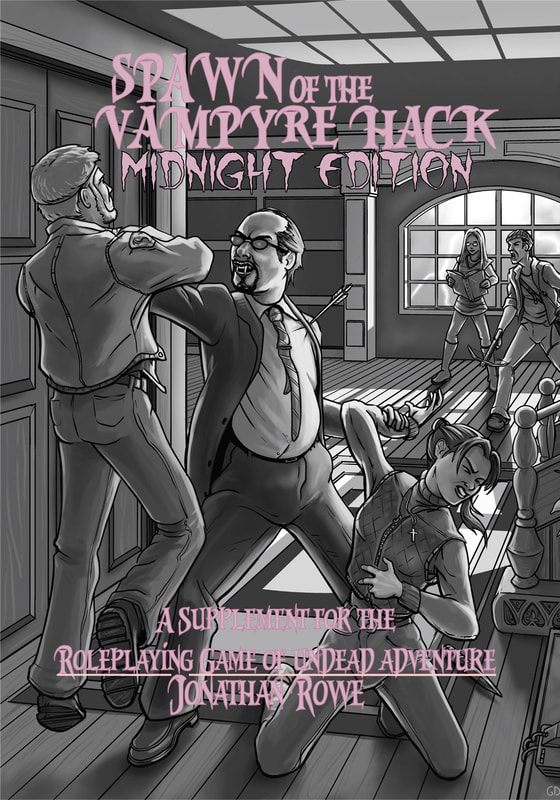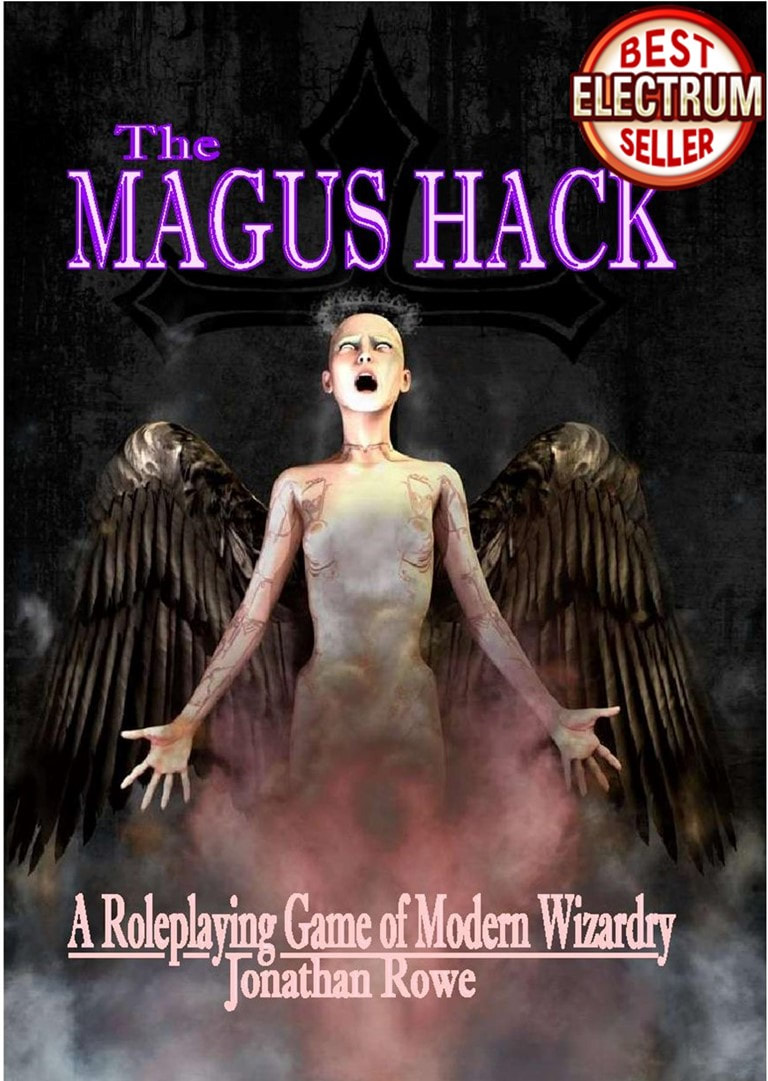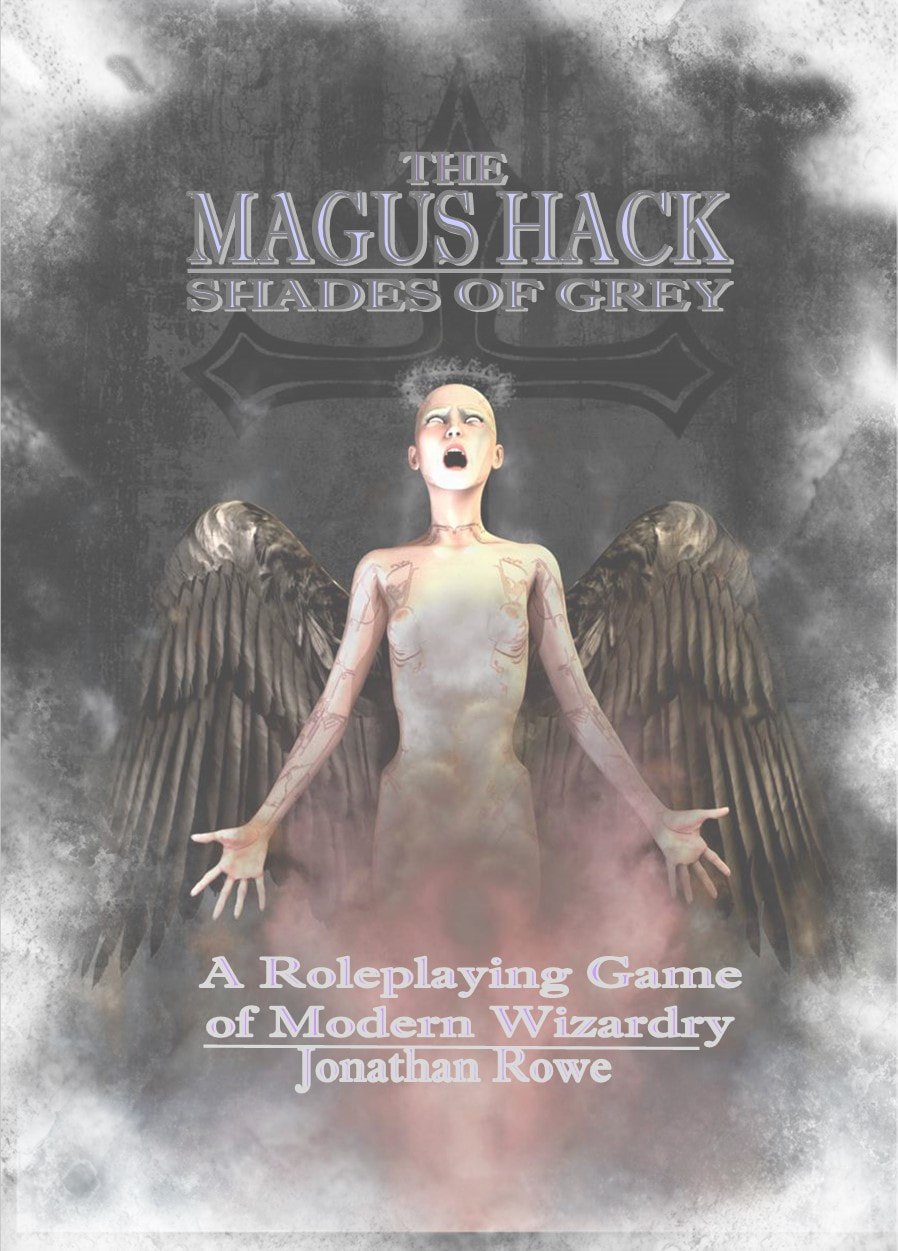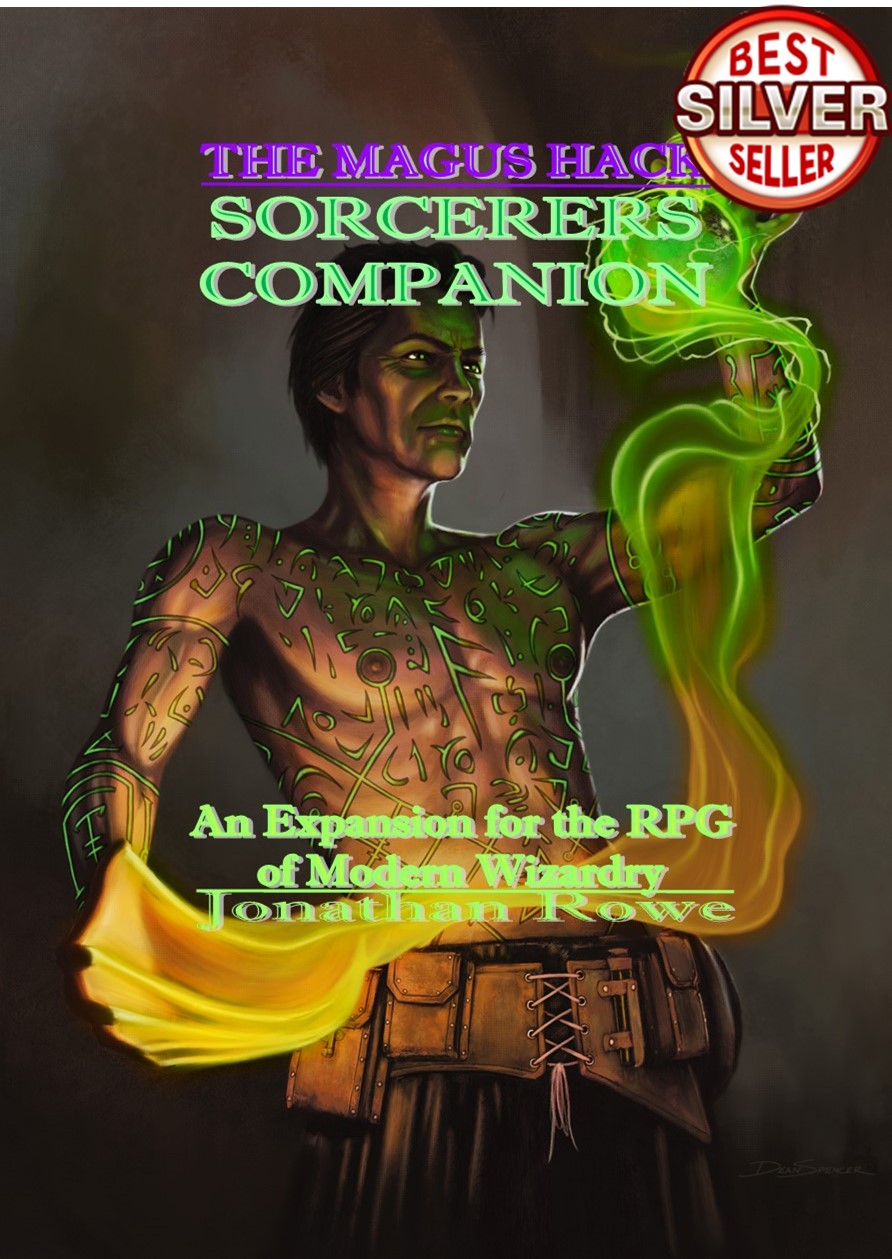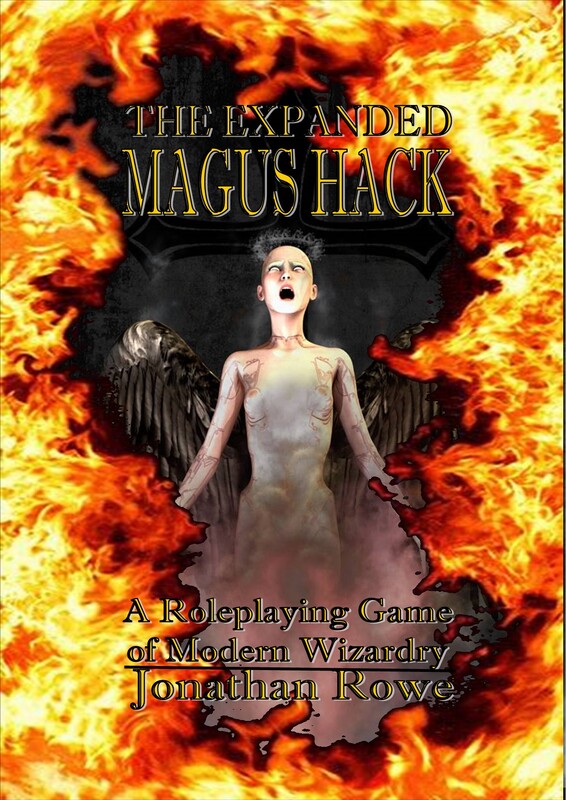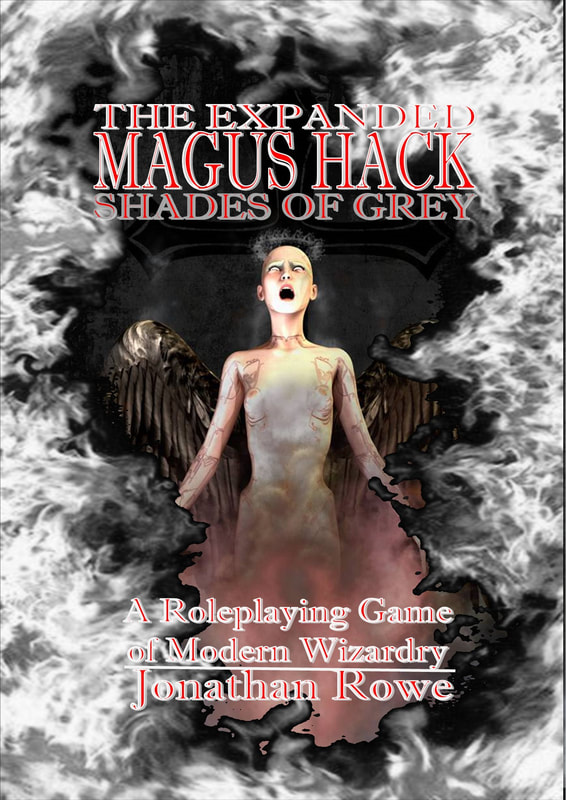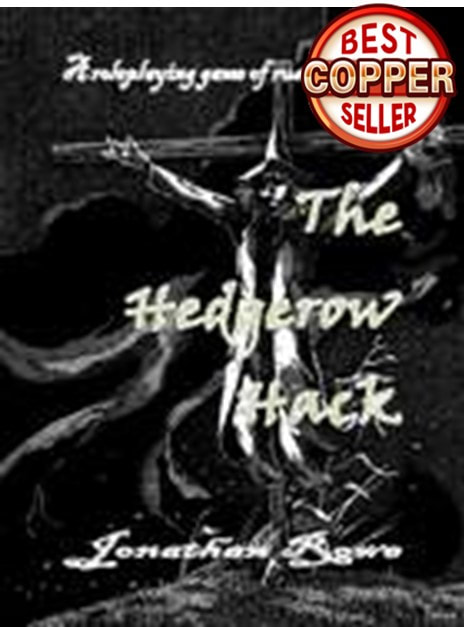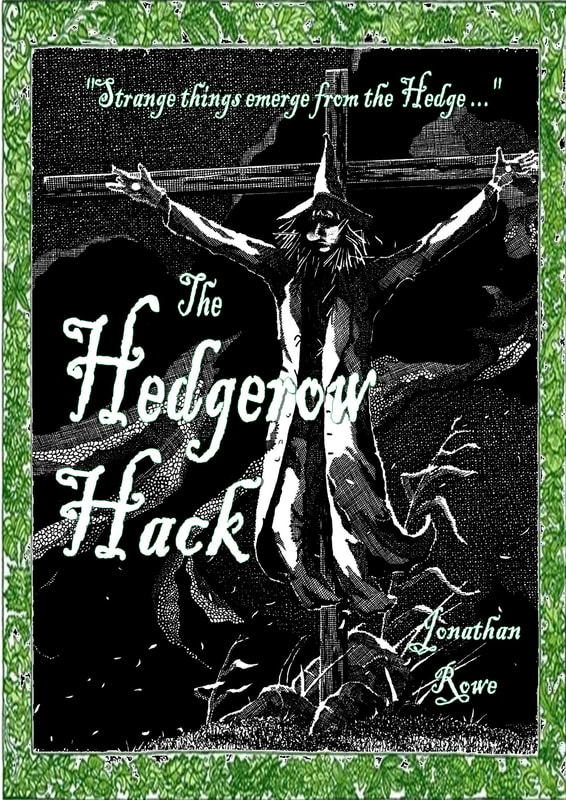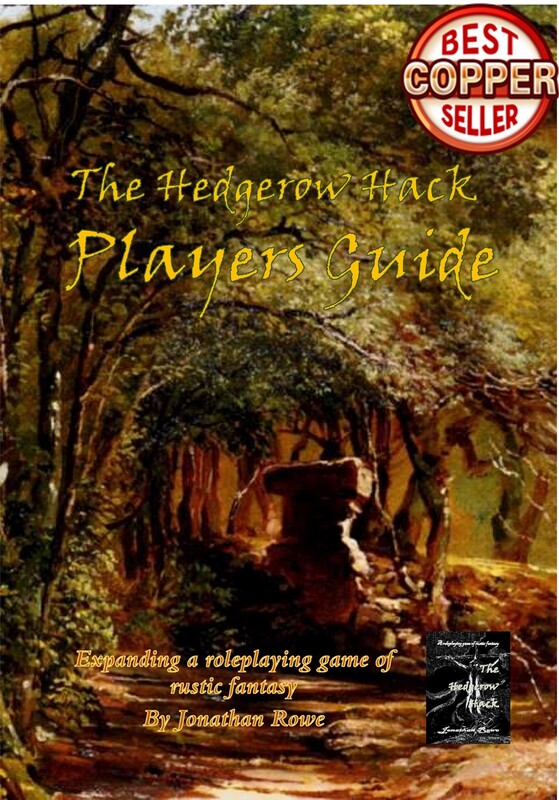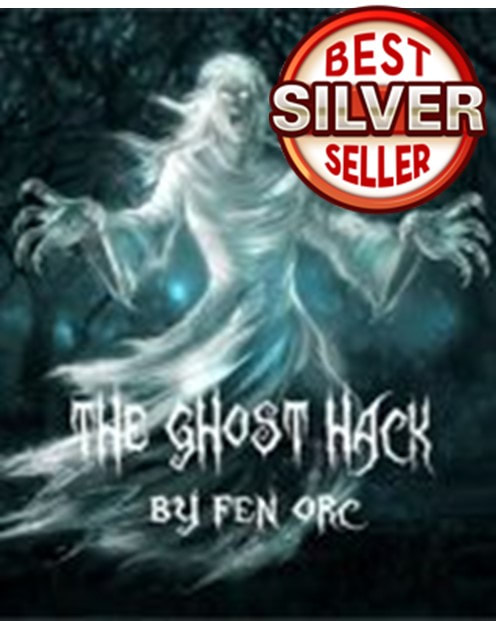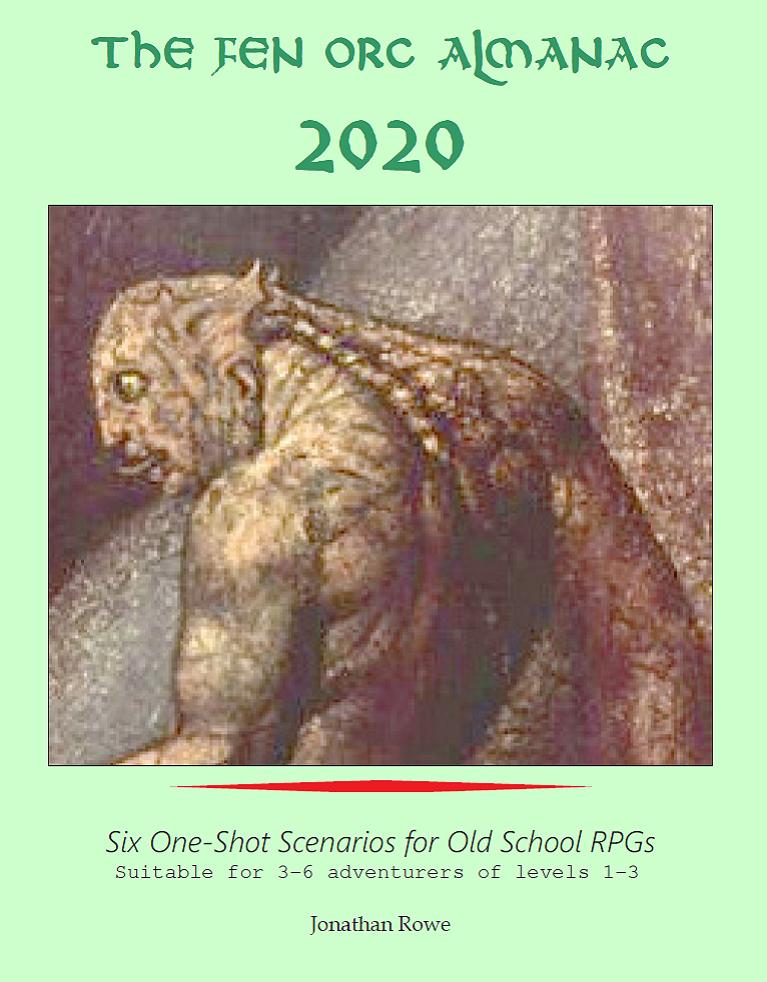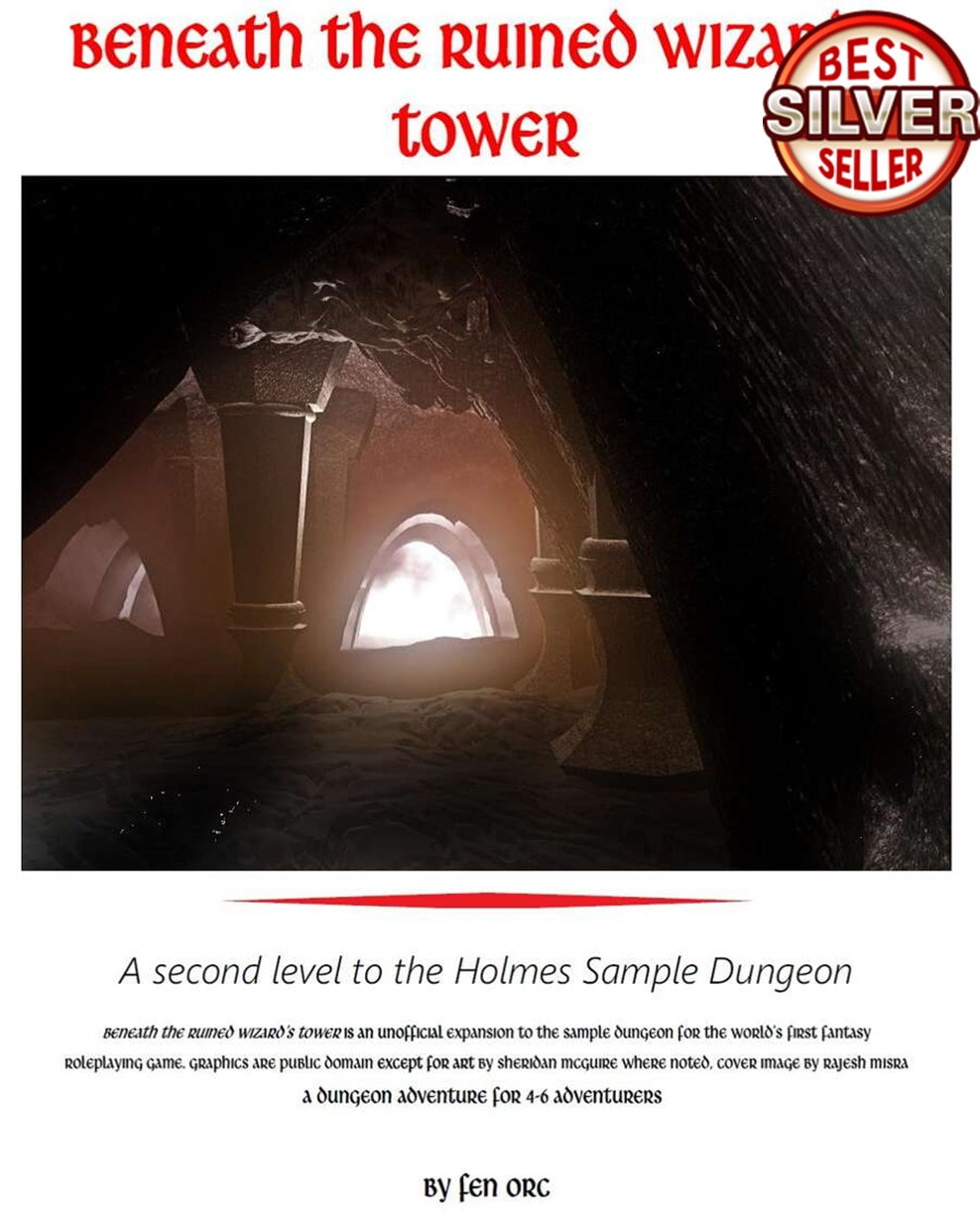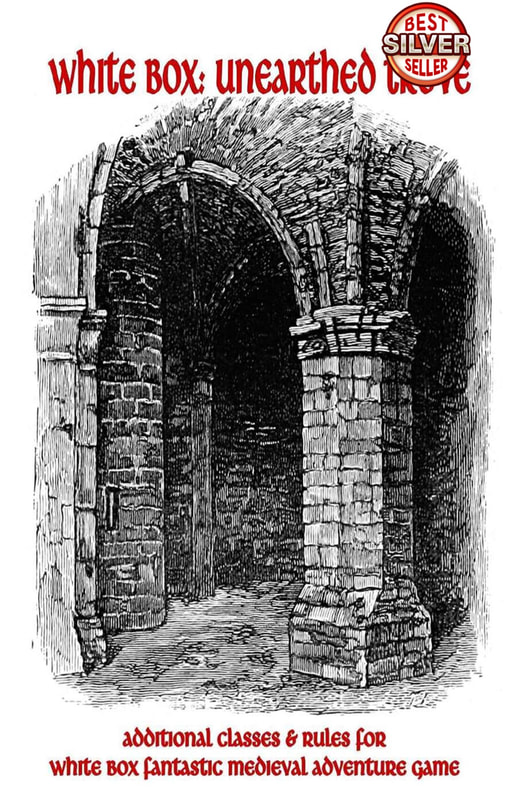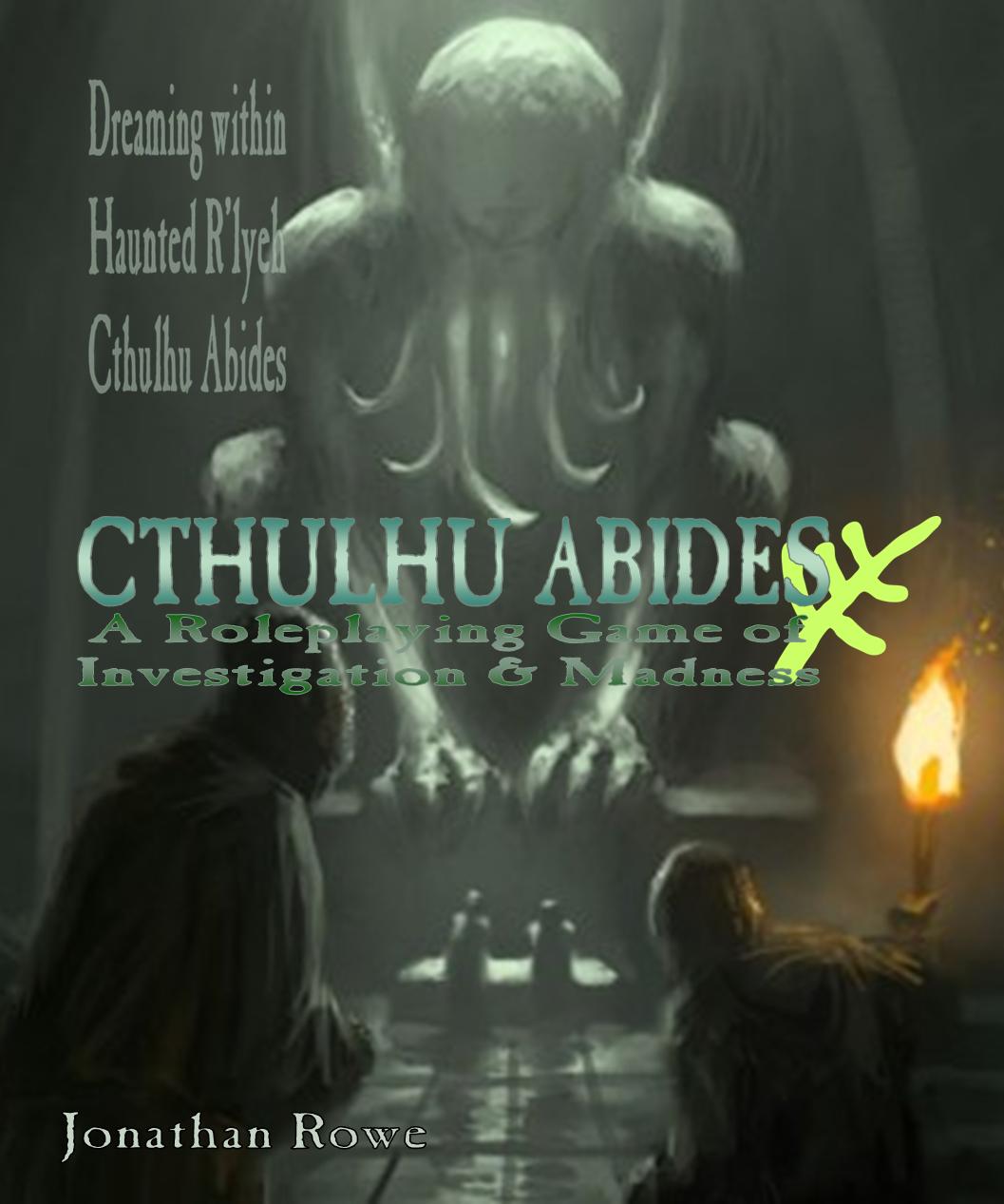Demons run when a good man goes to war It is 1983 and we are well into the era of 1st ed. AD&D. The prolific Phil Masters publishes his Demonist subclass in White Dwarf 47. I'm so impressed I show it to my players and of course my old pal Andrew wants his Machiavellian Magic-User to go split-class as a Demonist. This he does and embarks on his epic descent into villainy that comes to define my teenage D&D campaign. Good times. Click the cover for a peek at White Dwarf 47 After oddballs like Houris and Detectives in previous years, the Demonist subclass is the product of AD&D in its prime. More than that, it's the creation of Phil Master's nuanced imagination, so it looks ahead to innovations in 2nd ed. AD&D. All of which makes it tricky to retro-convert into White Box but I owe it to my 16-year-old self to try. Let's look at Phil's creation first and identify its distinctive qualities. Phil describes the Demonist as an "extra-planar specialist" which refers to the AD&D cosmology, the Outer Planes of gods, angels, devils and demons and the Inner Planes of the Elementals. Demonists call on demons and devils as servants and allies and can command many other beings from the Outer and Elemental Planes. Their studies give them skill in inter-dimensional travel and their mastery of arcane lore bestows them with many informational spells... As 'lay priests' Demonists have some power over Undead. There's a lot packed into this. Demonists are Clerics, really, with a focus on summoning/binding demons and elementals rather than dutifully serving some god. Phil rather cleverly gives Demonists clerical-style spells up to 3rd level (pray for the ones you want from the list) but the 4th+ level spells are Magic-User style and consist of a narrower range that must be recorded in a spell book. Demonists are restricted to daggers, scimitars and swords and restricted from using poison or flaming oil. They are limited to studded leather armour. All of this feels a bit arbitrary, but that's AD&D for you. I think Phil is trying to conjure up the lightly-armoured, robe-wearing cultist rather than the lumbering plated demon-knight, but, like a lot of AD&D subclasses, this ends up imposing a singular interpretation on players rather than setting out an inspirational template for players to do what they like with. It wouldn't be AD&D without equally arbitrary racial limitations and attribute pre-requisites. Demonists can be human, elven or half-elven (why not half-orcs who literally worship demons? "Unclear!") and the demi-humans can multi-class as Fighter/Demonists (which seems a bit redundant) or Demonist/Assassins (which sounds awesome!). Intelligence & Wisdom are the favoured attributes, as you'd expect with this sort of arcane-cleric. Demonists have a cool holy symbol which is a weapon that acts as their 'Focus' for doing magic. They have a 'Dedication' spell to turn a weapon into a Focus and if they dedicate a magical weapon then their spells are harder to resist. Nice! This lends itself to an anti-Demonist tactic of destroying their Focus-weapon or casting dispel magic on it. The spells start off as a rather restricted Clerical list - but Demonists get two at 1st level and race up the spell-levels a bit faster than normal Clerics, to reflect and (I suppose) compensate for their extreme specialisation. The main spell-perk is augury as a first level spell, giving those good-idea/bad-idea answers to the mad stuff your party is considering. This is probably the first level Demonist's main contribution to an adventuring group. That, and turning undead, which Demonists do as a Cleric of half their level (rounded up, i.e. they match regular Clerics at first level then fall woefully behind). Second level spells introduce a lot of utility/detection spells, plus taste-of-things-to-come petition (you bargain with a demon and this spell alerts it to fulfill its side) and dust warriors (creating Skeletons in the style of Jason & the Argonauts by sowing teeth!). A good example of Phil Master's craftsmanship, granting Demonists animate dead as a 2nd rather than 3rd level spell, but with a lot of preparation and unreliable outcomes Third level spells include speak with dead and the rather jolly spirit call which invokes some extra-dimensional goons who can help with lifting and shifting. And that's where your Clerical-style spells end, you're 4th level and you're going to have to wait until you're 7th level before the good stuff appears. The fourth level spells are like Magic-User spells - you only have a limited selection and you're hungry for scrolls and robbing other people's spell books. All the exorcist-invoker Magic-User stuff becomes available along with a few arcane versions of Clerical spells: cacodemon, contact other plane, spiritwrack, astral spell, conjure elemental, commune, gate. The bespoke stuff includes contract (sign on the dotted line...) and call foe, which summons an entity's cosmic nemesis to deal with it for you ("Tiamat, I'd like you to meet Bahamut!"). That's it really. Like most of Phil's stuff, it's incredibly thoughtful about the way it works within the existing rules and spell lists. It's nuanced, flavourful and the opposite of power-creep. In other words, it's the high-water mark of AD&D homebrewing and about as far from crazy OD&D overkill as you can imagine. It's also going to be a bit disappointing for anyone thinking they can dice up a Demonist and immediately start summoning things. Phil makes you work for your glory so that, by the time you're trapping efreeti in pentagrams at 9th level, you really appreciate the road you've travelled to get there. Then, at 13th level, you get the 7th level spells and Phil shows his other side: summon army lets you invoke a demon horde, slaadi death squads, githyanki war-parties, the Army Of The Dead... Demonists for White Box This takes a bit of thought. Phil's softly-softly approach doesn't really fit with the White Box/OSR aesthetic, which is about strapping on your broadsword and kicking bottoms as soon as possible. His subtle, inter-related spells don't jive with the straight-down-the-line White Box approach. My personal aesthetic comes into play as well. I don't want to create a sub-class built around bespoke spell lists. As I've explained before, I'll give Druids a pass, but otherwise I'd rather design the class to do what it does without spells - or else just make Demonists a Magic-User who only uses certain types of spells. Demonists are usually Human but at the Referee's discretion Half-Orcs can advance as Demonists up to 6th level and Elves up to 8th level. Demonists must be Neutral or Chaotic. Their Prime Attribute is Wisdom, representing strength of will. In my campaign setting, I think Medusians would make fine Demonists.. Weapons & Armour Restrictions Demonists can wear leather armour and carry shields. They can use one-handed weapons in combat (not bows). Spirit Binding Demonists can bind spirits to their will. This is done in the same way as a Cleric turning undead. Binding can only be attempted once for a group of otherworldly monsters. If successful the group serves the Demonist, although more intelligent creatures may do so with complaint and without enthusiasm. Demonists can only have one group of each monster type bound at any time. If the Demonist tries to bind a new monster of that type, the old group is immediately freed from control - whether the Demonist succeeds in the new Binding attempt or not. Invoking The Demonist can spend 1d6 turns creating an invoking circle for a particular creature, then roll on the Binding Table (above) to summon it into the circle. The attempt costs the Demonist 1HP of blood per Hit Die of the creatures being summoned and the Demonist can only invoke a maximum number of Hit Dice equal to her level. The player rolls on the table above: if successful, the creature appears in the circle, on a failure nothing happens. Hit Points sacrificed this way are healed normally if the invoking fails, but if the invoking succeeds the Hit Points are irrecoverable until the invoked beings depart this world or are destroyed. The invoked beings need to be Bound to the Demonist's will. There is one attempt to do this. If this fails, the creature remains hostile to the Demonist but cannot leave the circle or use magic powers (but watch out for Demons with Psionics!). Most unbound demons or elementals will return to their own world, but some will remain in the circle, purely to deprive the invoker of the Hit Points she sacrificed to get them there. Unintelligent monsters must be fought and destroyed to get rid of them. Of course, the Demonist could release an uncontrolled being in the hope that it is helpful, but Reaction Tests with invoked creatures are at -2. Don't award XP for destroying invoked creatures - but do award XP for making good (i.e. worthy, dramatic, atmospheric) use of them. Omens A Demonist can consult the omens a number of times per day equal to his Omens rating. The Referee will give a verdict on a proposed course of action (in the next 15 minutes): beneficial, harmful, mixed or no consequences. The Demonist can also use Omens to commune with his otherworldly patrons. This can be attempted once per adventure (or once per month outside adventuring) and the player must roll equal to or less than their Omens score to receive advice or information about the dungeon or the campaign setting. All the Referee needs to do is provide the player with a true and (fairly) relevant rumour. However, the best omens are cryptic riddles that lend themselves to many interpretations and turn out to be true in surprising ways. Go nuts! Saving Throws & Trauma Demonists save at +2 vs the powers of otherworldly creatures that they can bind and invoke. If you use the Trauma & Derangement rules, Demonists gain no Trauma from the manifestation of otherworldly beings (obviously), from the deaths of companions (they're pretty cold) or from being alone in dark or dangerous places (they know what's in the darkness - and they quite like it!). Establish Fanum At 9th level, the Demonist gains the title 'Master of Demons' (or something equally grandiose and macabre) and can build a Fanum, which is a sort of temple-laboratory dedicated to invoking otherworldly powers and opening portals to other realms. He will attract a group of strange and/or desperate servitors - soldiers, clerics, magic-users and lesser demonists, monsters, earthbound spirits - who will serve him in pursuit of their own weird agendas. Demonist Feats
Mephits I've adapted these creatures from M Stollery's elemental imps in White Dwarf 13 - they later appeared in the Fiend Folio (1981) as 'mephits'. They fill a gap because White Box is rather short of 2HD monsters that come from other planes of existence. Yes, the original mephits were 3HD monsters but I've demoted them to give Demonists some minions.
Fey Demonists (Changelings) Demonists could be aligned with the powers of Faerie rather than the Outer and Elemental Planes. Fey Demonists are Changelings if their power comes from possessing a fey soul rather than a mortal one - perhaps because they were exchanged at birth. Changelings follow the same rules as Demonists, but can be Humans, Elves or Gnomes, with non-humans limited to 8th level. Their saving throw bonus is against the abilities of fey creatures and illusions. Unlike other Demonists, they can wear chain mail armour. Instead of demons and elementals, Changelings can Invoke and Bind fey monsters. This follows the White Box implication that goblins, hobgoblins and bugbears are fey creatures; if you don't interpret them this way, remove them and allow Changelings to Invoke/Bind Skeletons and Zombies like other Demonists. Final Thoughts I fear Phil Masters would despair of the White Box Demonist, but let's look what we end up with. The WB Demonist punches like a Cleric, but doesn't gain Hit Dice quite as well. Still better than Magic-Users, though! Plus, the ability to use all one-handed weapons opens up the world of magic swords. The low-level Demonist has some value as a stand-in Cleric, with the benefit that instead of just frightening mindless undead away, the Demonist actually recruits them as minions. The real value of the low-level Demonists is as an augurer: reading Omens twice an adventure and having a stab at communing with the nether powers - this is impressive stuff. At higher levels, Omens gets more reliable. You will miss the ability to turn more serious sorts of Undead, but when infernal or elemental critters do show up, the Demonist can recruit them instead. Or at least try to. A pet Night Steed is very fashionable. The Demonist can try invoking suitable monsters at the start of an adventure, but it does cost a lot of Hit Points and you can't guarantee they will be biddable. But when it works, it works! A loyal Succubus (if there is such a thing) smooths a lot of encounters. Some balance is needed. Intelligent demons resent service and will do anything they can to get the Demonist killed. short of outright disobedience. On the other hand, if the Referee presents bound demons as more trouble than they're worth, the Demonist's signature power amounts to nithing. A good rule of thumb is that each bound monster should serve in one encounter without creating problems, but becomes increasingly unreliable after that. Wise Demonists will dismiss a bound demon to liberate the sacrificed Hit Points and spare themselves the inevitable betrayal. Phil's Demonist had a built-in power progression, starting with ad hoc deals with entities encountered down dungeons through to spells to summon, bind and compel particular powerful beings on your terms, and culminating in that army of demons!
The White Box Demonist doesn't have that all mapped out in advance. At higher levels, a Demonist can invoke Djinn or Balor Demons. What that leads to is found out by roleplaying. It's up to Referee and player to concoct a thrilling story together. And that, folks, is the beauty of White Box.
5 Comments
Andrew
23/7/2020 11:51:16 pm
I do love the old White Dwarf classes (Houri/Demonist/Necromancer/Barbarian.. let's forget about the Investigator). When I run OSR/AD&D they are pretty much the only classes I allow beyond the core.
Reply
Jonathan Rowe
23/7/2020 11:53:20 pm
You didn't like the Detective ?
Reply
Andrew
18/9/2020 09:27:10 pm
In a word. No. :)
Andrew Williams
18/9/2020 09:32:31 pm
I can't help but feel that Marcus had to come up with something, was all out of ideas, then Hound of the Baskervilles came on again...
Reply
Andrew
18/9/2020 09:39:33 pm
I am probably posting in the wrong place here (sorry!) but I like the idea you have here of letting players choose a buff at certain levels. Where does that come from, the White Hack? I have that but see nothing similar. 5 Torches Deep does it but that's more skewed toward 5e.
Reply
Leave a Reply. |
30 Minute Dungeons
Essays on Forge
FORGE Reviews
OSR REVIEWS
White Box
THROUGH THE Hedgerow
Fen Orc
I'm a teacher and a writer and I love board games and RPGs. I got into D&D back in the '70s with Eric Holmes' 'Blue Book' set and I've started writing my own OSR-inspired games - as well as fantasy and supernatural fiction.. Archives
July 2024
Categories
All
|

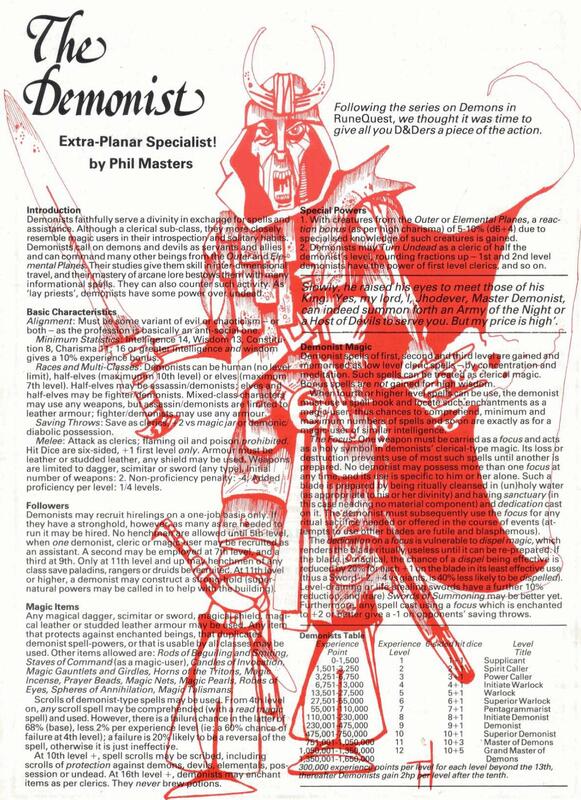
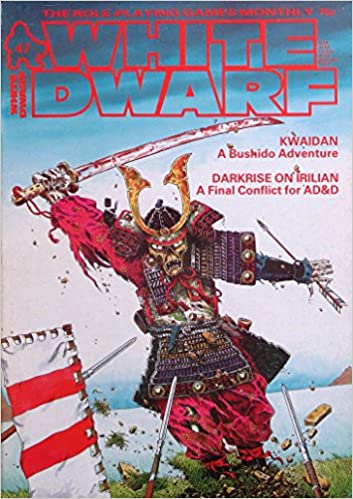

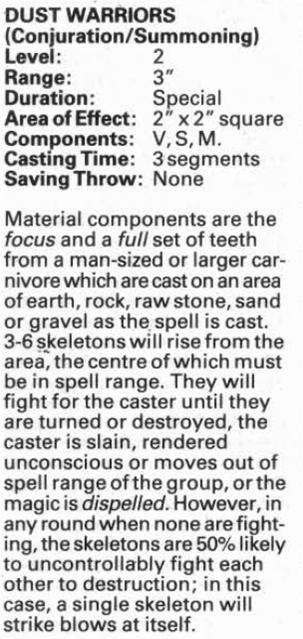

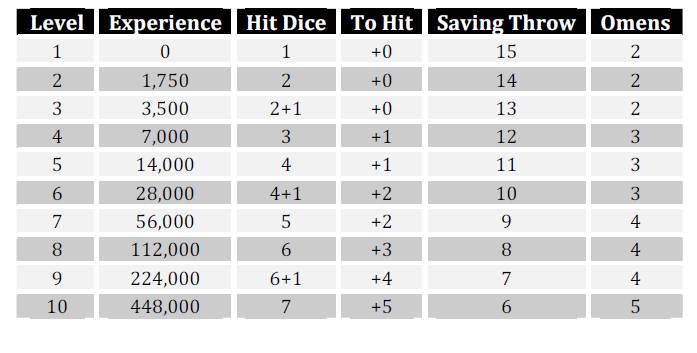
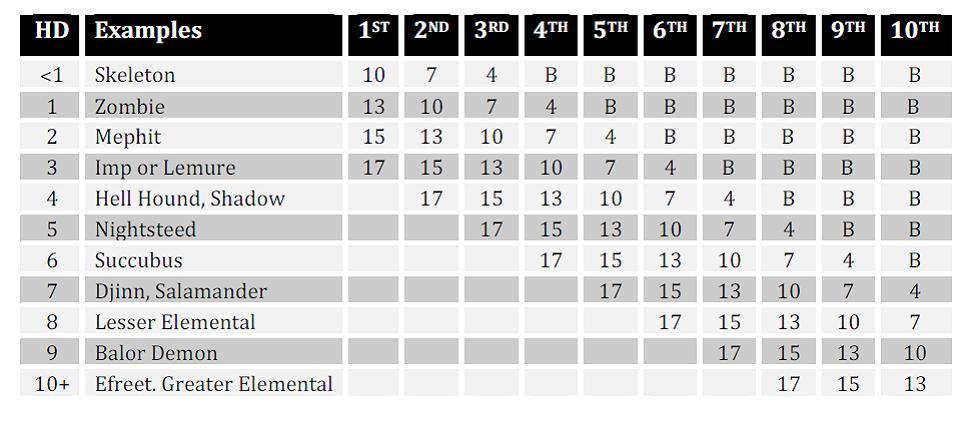
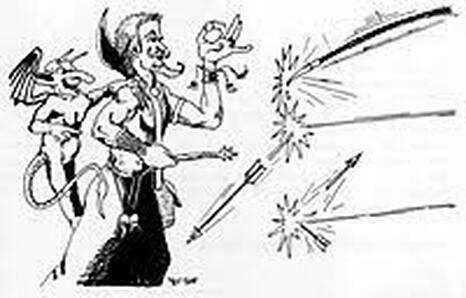
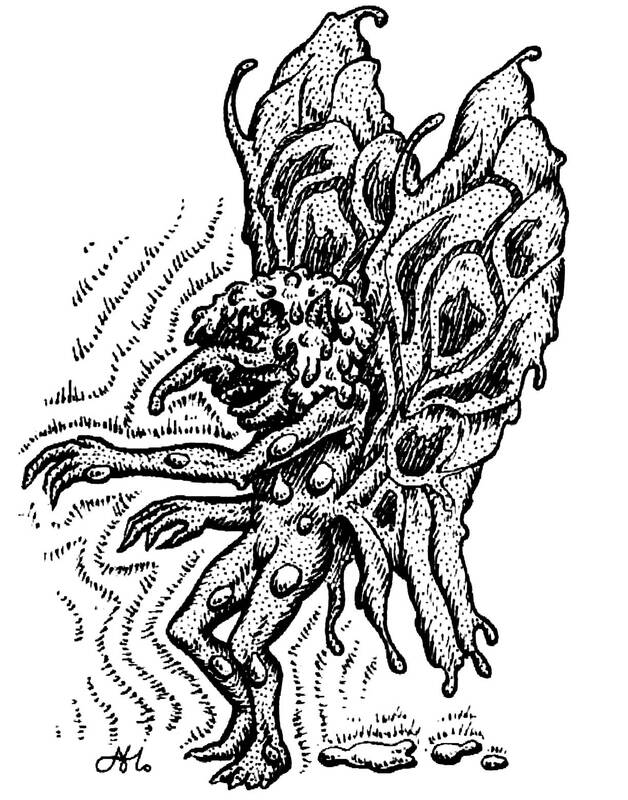
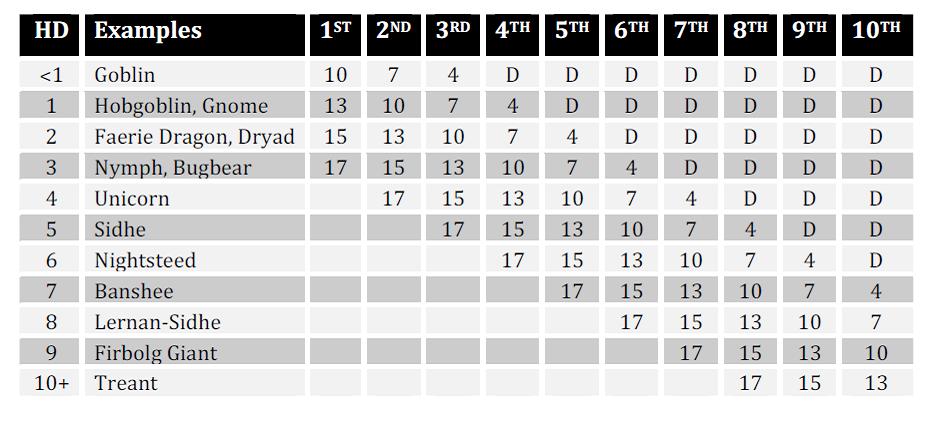

 RSS Feed
RSS Feed
